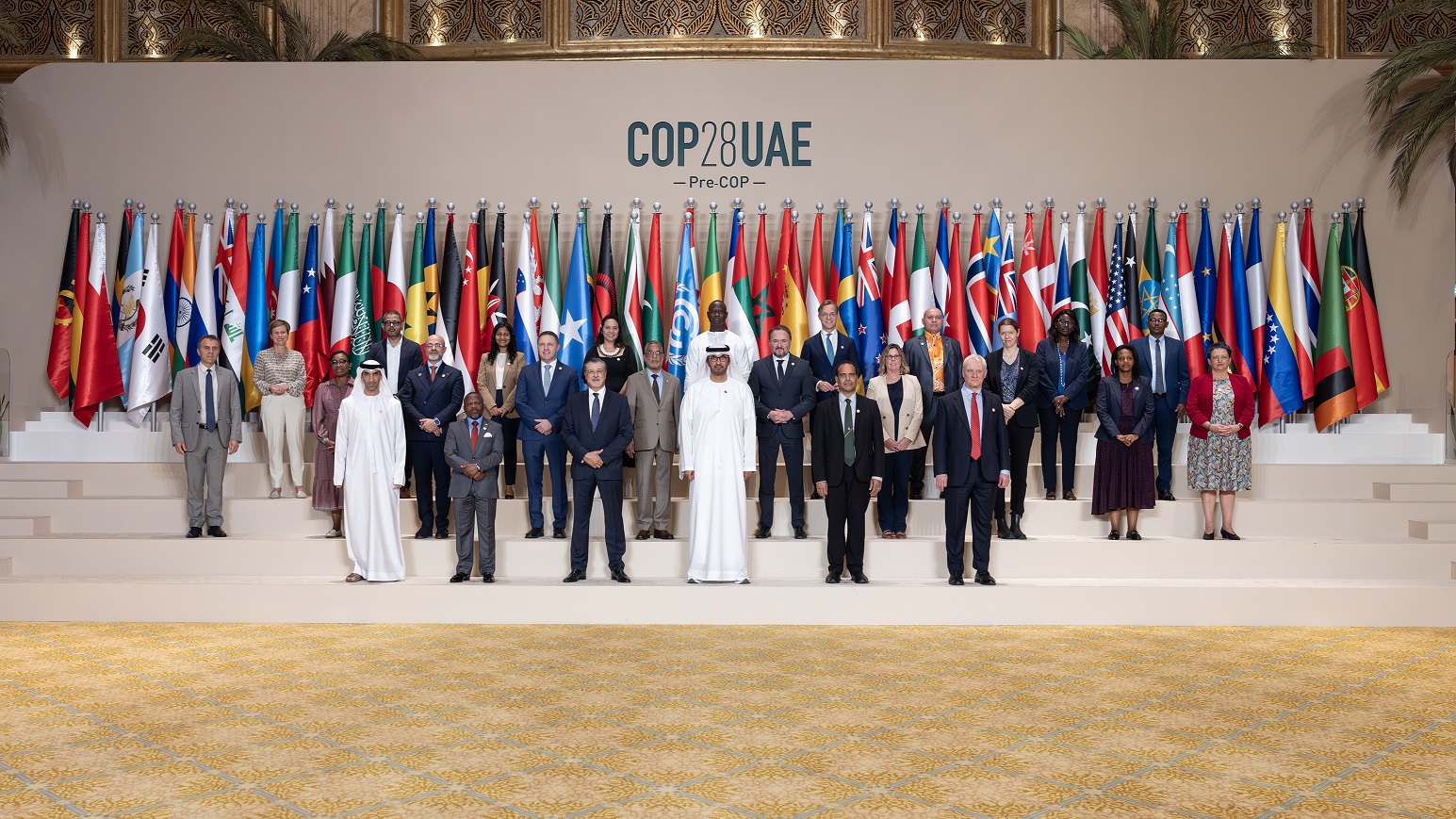People who inject drugs (PWID) are at much higher risk of HIV, hepatitis C (HCV) and HIV/HCV co-infection than the general population. Of the estimated 15.6 million PWID globally, approximately one in six (17.8%) are living with HIV and more than half (52.3%) are living with HCV. The vast majority of PWID living with HIV are co-infected with HCV (82.4%). Globally, PWID represent 23% of new HCV infections and 31% of HCV-related deaths. Regionally, Eastern Europe and Latin America are estimated to have the highest prevalence of HIV and HCV among PWID.
Though significant progress has been made to curb these epidemics, PWID remain particularly susceptible to new infections, co-infections, chronic diseases and mortality. In 2011, the United Nations set a target to cut new HIV infections among PWID in half by 2015. However, new HIV infections in PWID increased by 33% between 2011 and 2014. In 2015, the internationally agreed Sustainable Development Goals included a new call to “strengthen the prevention and treatment of substance abuse, including narcotic drug abuse and harmful use of alcohol” (SDG3).
The demographics of PWID vary by geography, age and gender, which further complicate public health and drug policy. The largest populations of PWID are in East and Southeast Asia, Eastern Europe and North America. Additionally, PWID in high-income countries tend to be older and include a higher proportion of women than those in low-income countries. Many countries around the world are also experiencing rising overdoses and drug-related deaths as opioid addiction and injection drug use continue to increase.
PWID continue to face significant social and structural barriers to healthcare that are rooted in stigma, discrimination and criminalisation. According to UNAIDS, over half of PWID will be incarcerated at some point in their lives. While in prison, PWID are further exposed to HIV and HCV through continued, unsafe drug use. PWID are also more likely to engage in sex work and are at higher risk of homelessness or unstable housing.
Available tools
- Many proven tools and strategies already exist to improve the health and lives of PWID. The United Nations Office on Drugs and Crime (UNODC), World Health Organization (WHO) and UNAIDS support expansion of evidence-based, harm reduction interventions, and recommend integrating them with other health and social services to reduce vulnerability to infectious diseases. Proven harm reduction measures include: syringe exchange programmes, opioid substitution therapy, voluntary HIV/AIDS and HCV testing and treatment, overdose prevention and voluntary treatment for drug dependence.
- Service integration is recommended by UNODC, WHO and UNAIDS and mounting evidence shows that comprehensive harm reduction programmes can reduce new HIV and HCV infections, improve adherence to antiretroviral therapy and HCV treatment. Historically, support for these programmes has been tied to HIV funding; however, increased momentum around global HCV goals could expand support for integrated PWID treatment and care.
Barriers to access
Notwithstanding efforts to address HIV and HCV, stakeholders remain concerned that global goals have not generated the support and funding needed to serve PWID. Proven interventions have not been brought to scale and life-saving medicines are still difficult to access due to prohibitive laws and policies.
The latest data show that, out of 179 countries where injection drug use has been reported, only half provide some level of needle and syringe programmes (52%) or opioid substitution therapy (45%). Less than one per cent of PWID live in countries with high coverage of both needle and syringe programmes and opioid substitution therapy.
There is also growing concern over reduced funding from global donors for harm reduction programmes, particularly in middle-income countries where many PWID live. New commitments and policies that address these access challenges through a human rights lens will be key to reaching PWID effectively and slowing the HIV and HCV epidemics. Whilst funding for HIV/HCV co-infection has been made available through traditional HIV funders (Global Fund, UNITAID, United States Agency for International Development (USAID), United States Centers for Disease Control and Prevention (CDC)) funding for HCV treatment and care remains a significant challenge.












